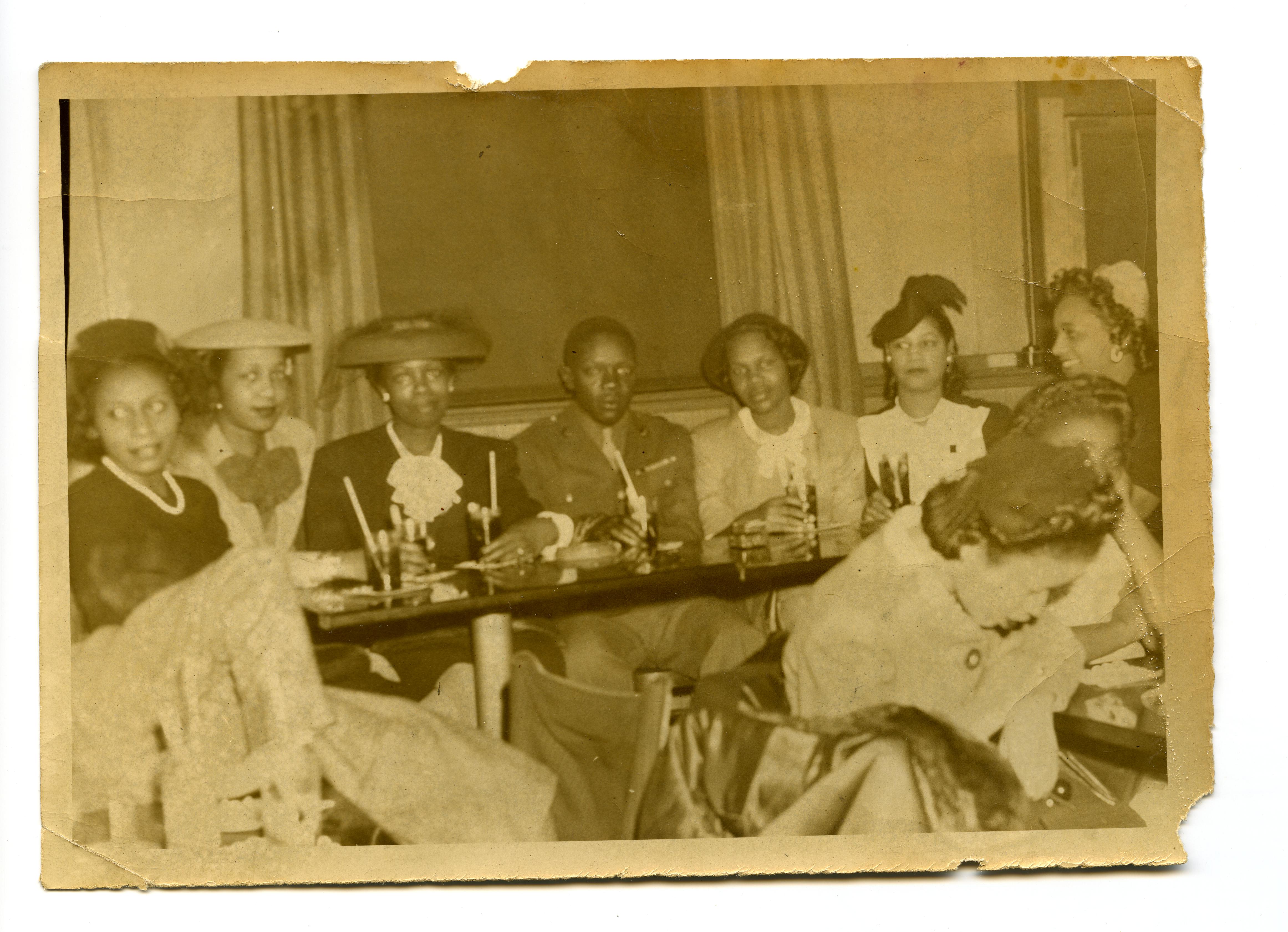
Candid Shot of group at dinner
unknown, Lucille Giles sharps, Evelyn Giles Tyner, Edward Tyner Sr, Mary Braxton, unknown

unknown, Lucille Giles sharps, Evelyn Giles Tyner, Edward Tyner Sr, Mary Braxton, unknown

Dervey A. Lomax joined the U.S. Navy during WWII and served in the Pacific, including Pearl Harbor, Guadalcanal, and Okinawa. When he returned from military service, he was hired by the Department of the Navy in 1948, and rose to the position of supervisory electronic technician with the Naval Electronic Systems Security Engineering Center.
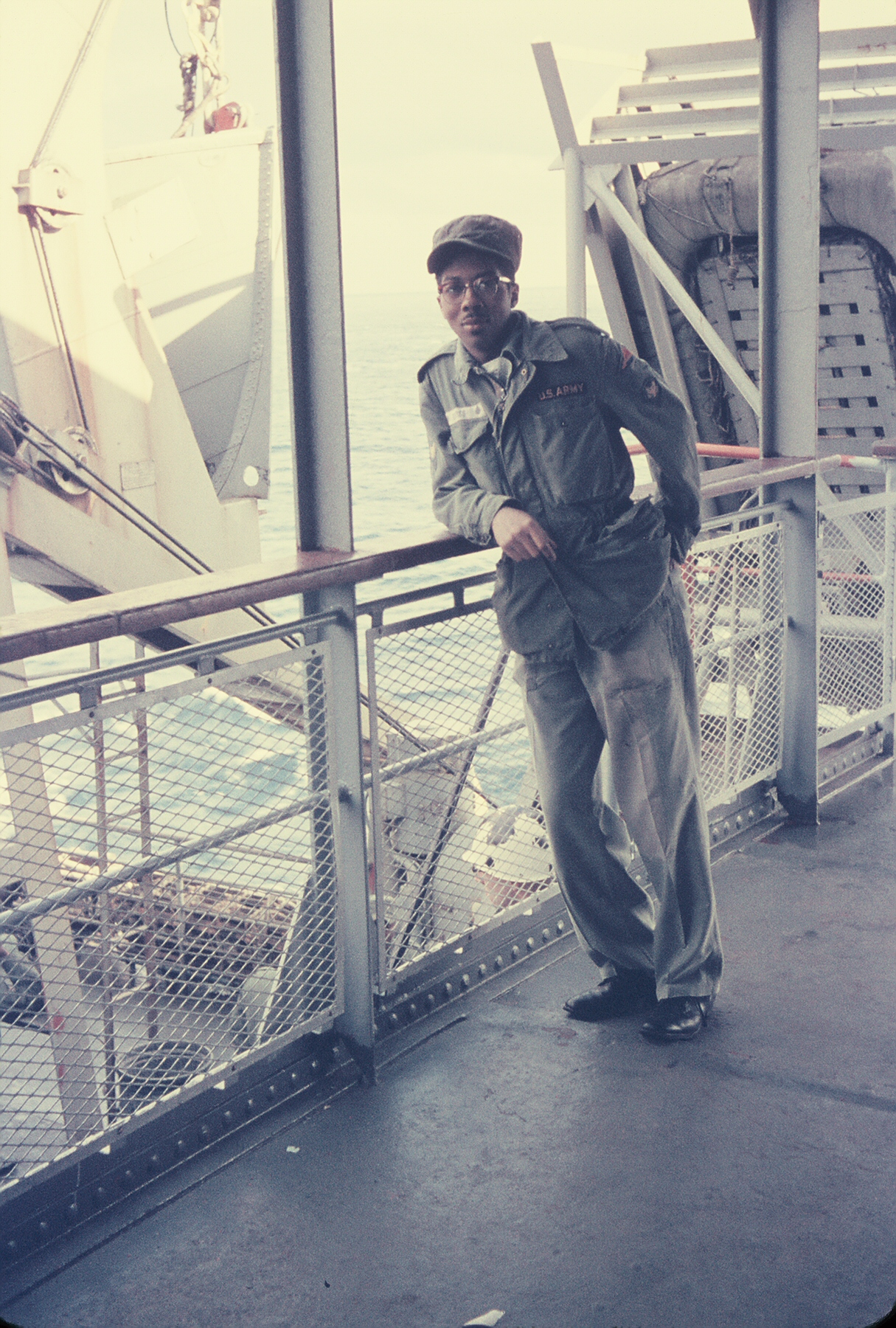
Transport Germany during US Army Service

unknown

Gray, the son of Louis Gray and Florence Wethers Gray, spent much of his Lakeland youth at the Navahoe Street home of his aunt Gertrude Corprew and with his cousins at their grandfather James H. Gray's home near the Baltimore & Ohio Railroad. He attended school in Lakeland until 1950, when his class was among the first to attend Fairmont Heights Junior-Senior High School.
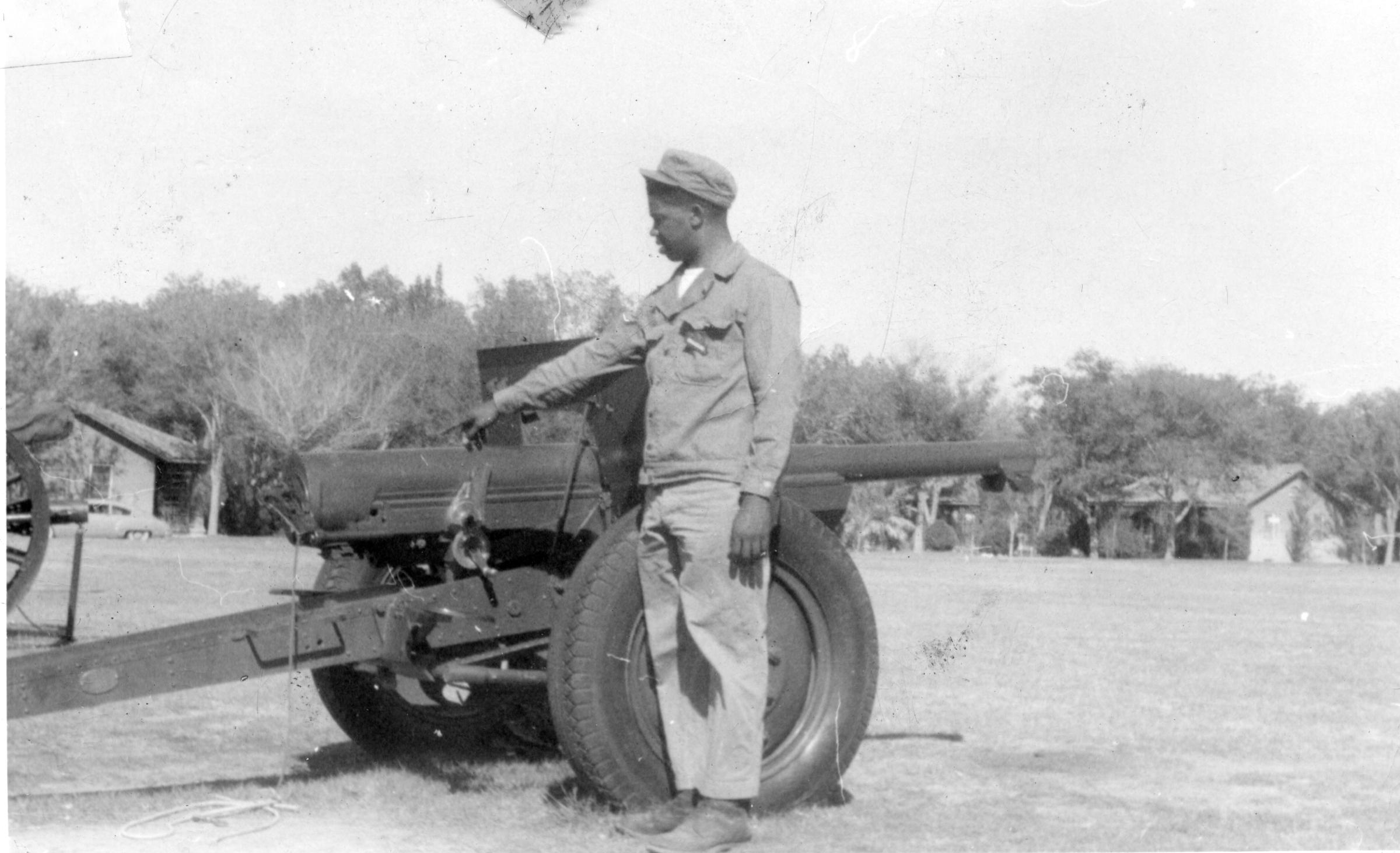
Leonard Smith moved from Beltsville as a young man to Lakeland. He attended Maryland State College. Smith entered the U.S. Army in 1950. He is shown at a master gunner's course in Fort Bliss, Texas. He rose to the rank of staff sergeant during his time in the army. Upon returning Smith became a leader for the American Legion Post in Lakeland, and in 1972 became the first African American American Legion Commander for Prince George's County, where 16 of the 19 posts were predominantly white. As county commander, he led a membership of 7,000.

For Veterans' Memorial on Baltimore Avenue in College Park With shelves from left to right are James Adams, unknown, unknown and Mayor Joseph Page
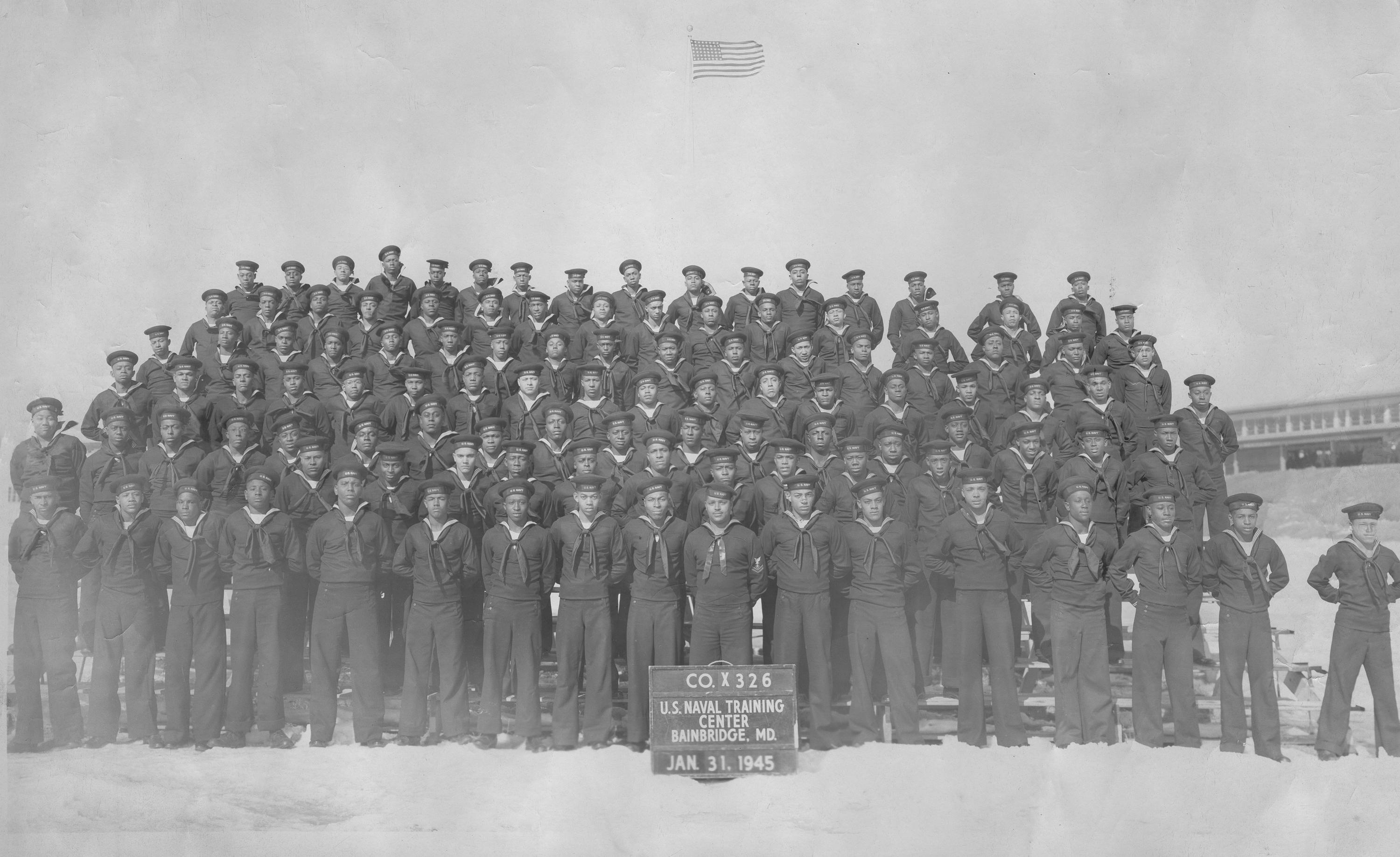
James Weems (third row, second from right) was inducted into the U.S. Navy in 1944 and went for training at the U.S. Naval Training Center in Bainbridge, MD.
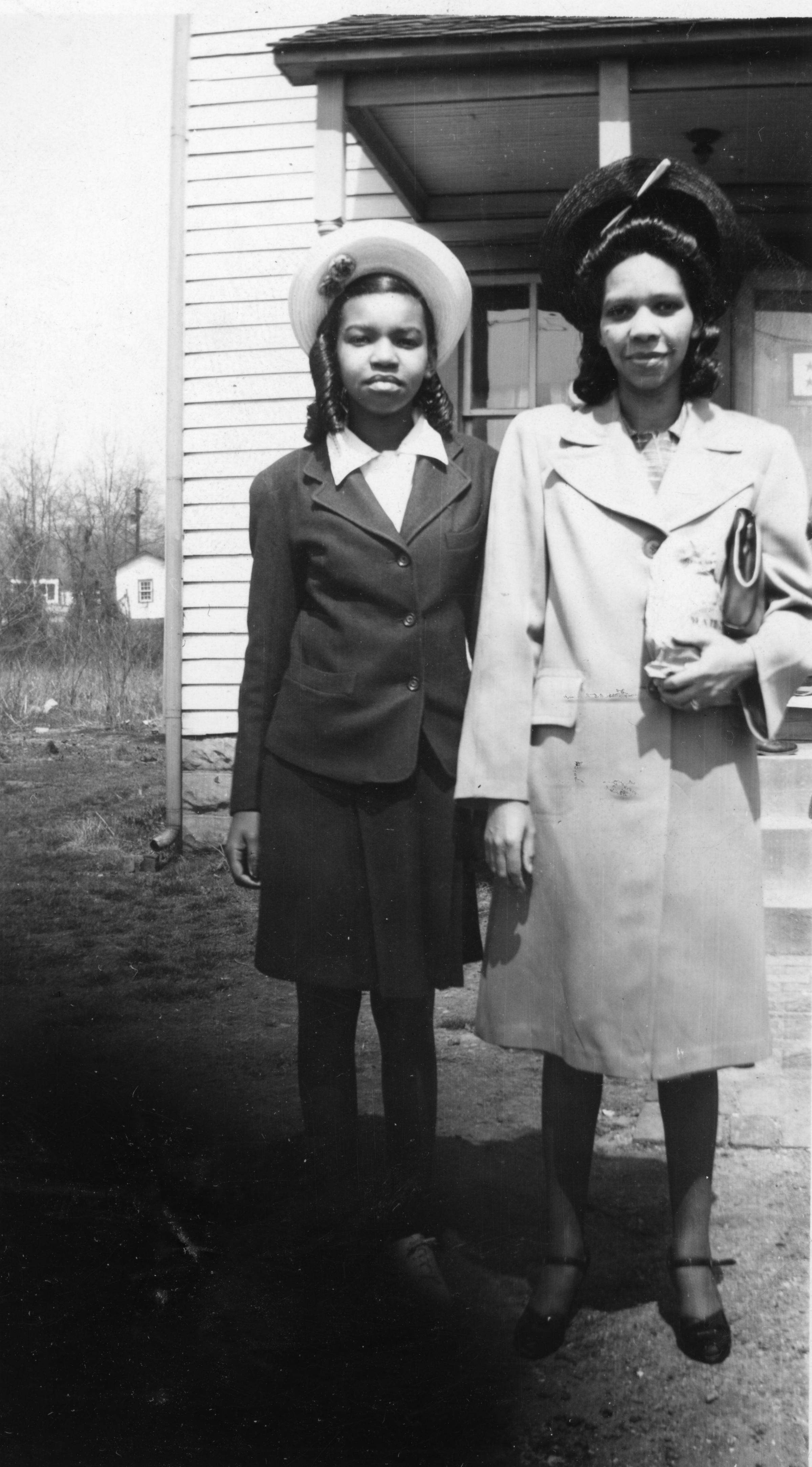
During World War II are shown mother and daughter Mary Day and her daughter Mary Day are shown in front of the family home on Navahoe Street. In the far right are seen two stars showing from a window or door.
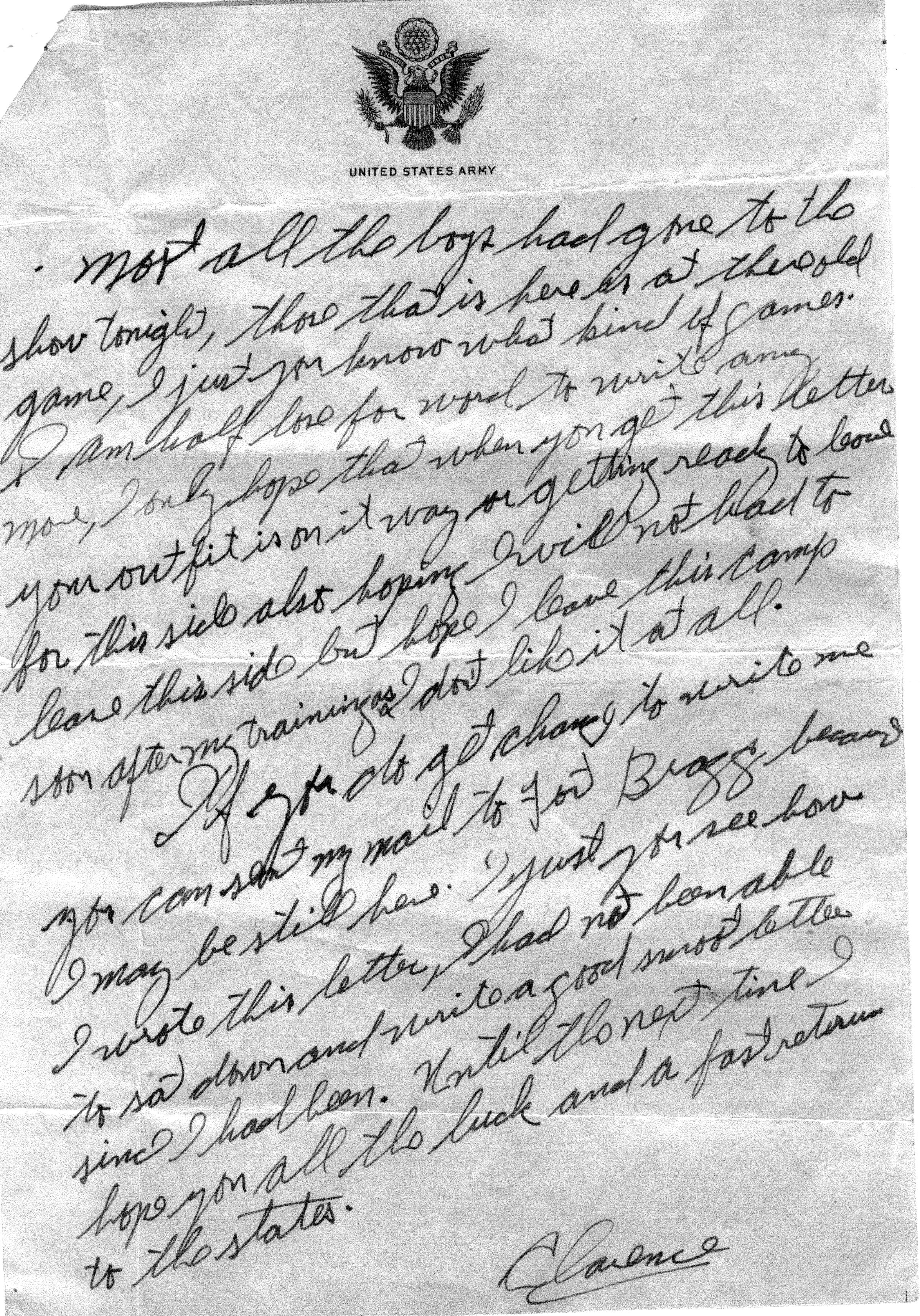
Mr. Gray wrote home to his family in Lakeland during his US Army service
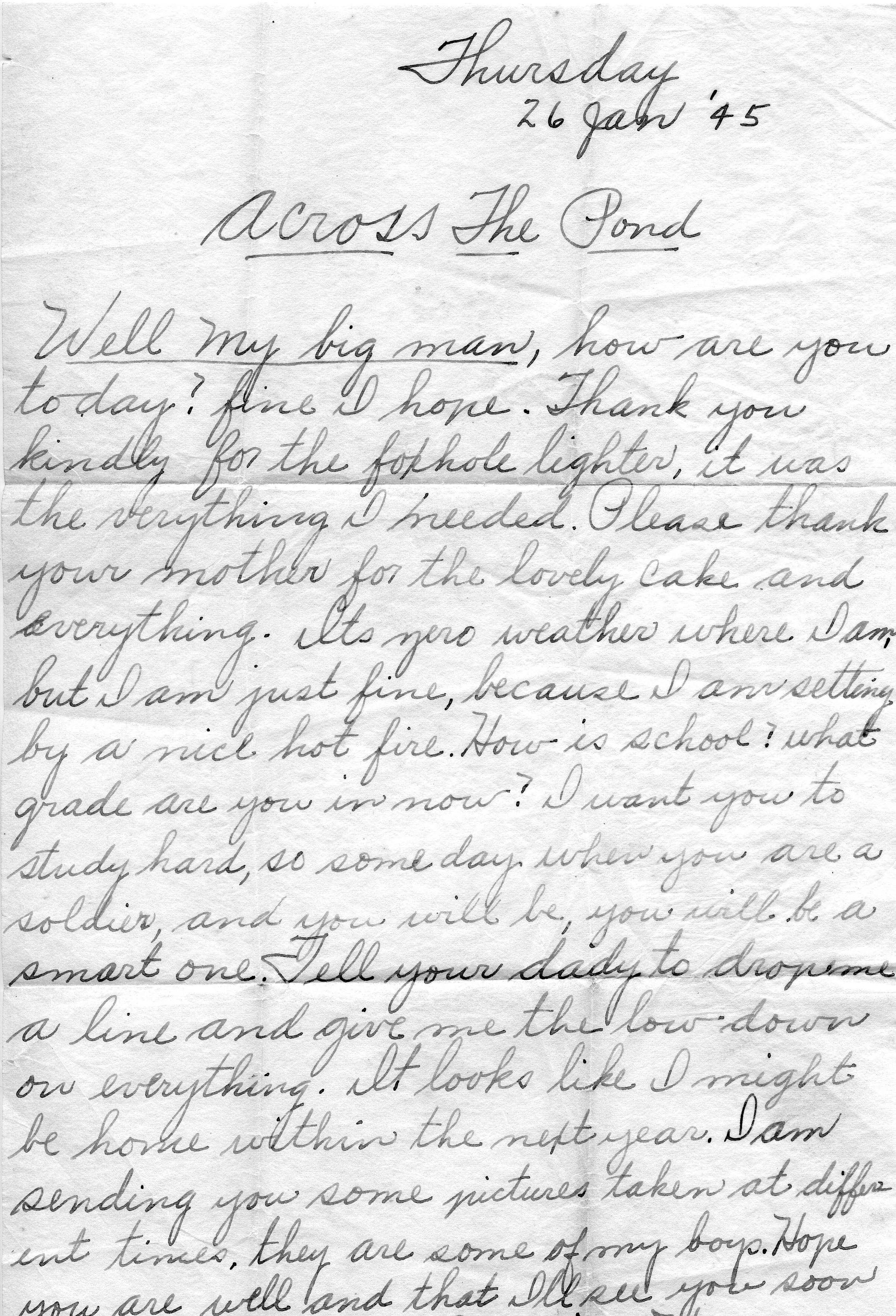
Soldier's letter home during World War II. Written by Harry Braxton in Germany to his godson, and first cousin, Elwood Gross

During service in US Army
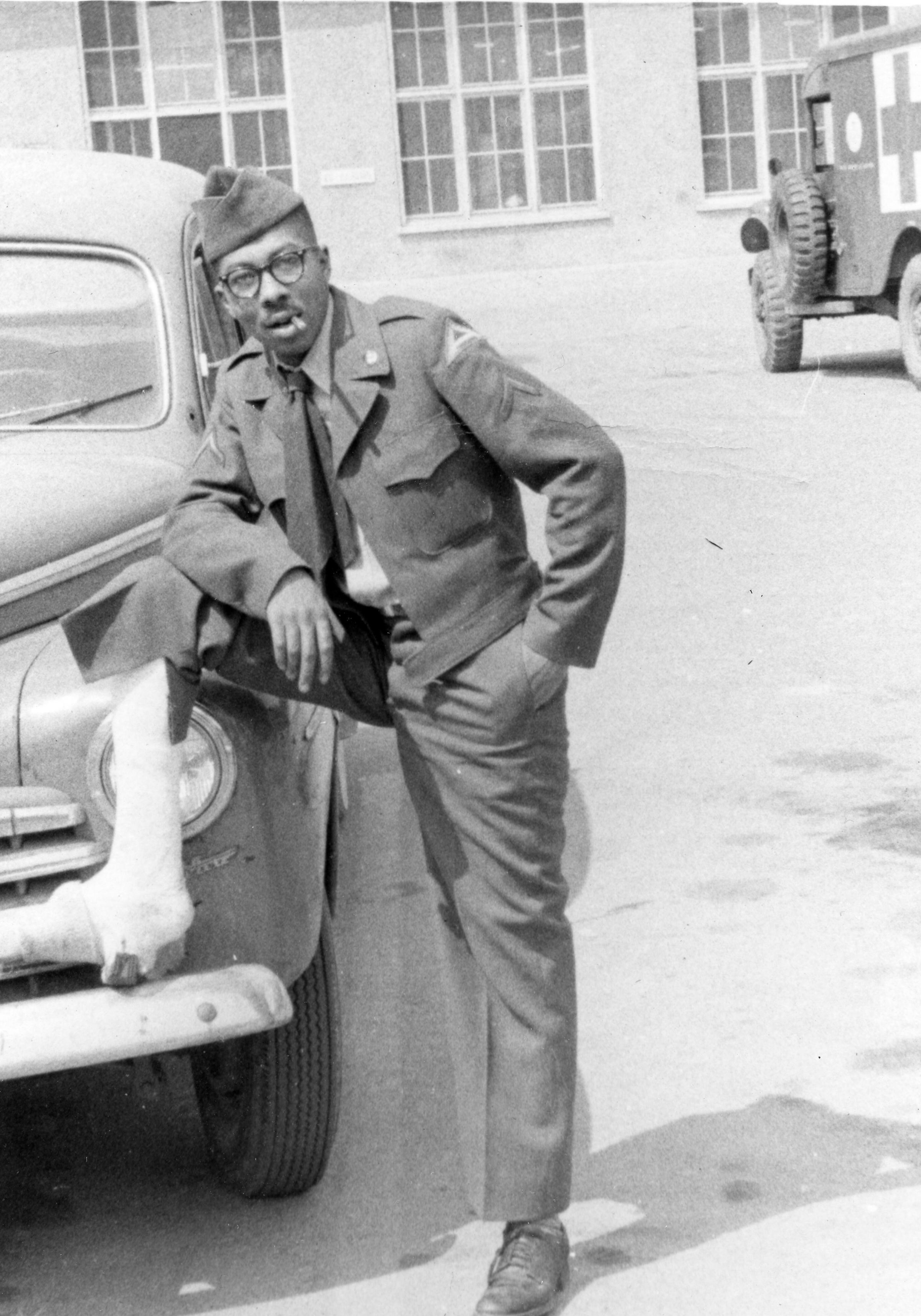
Elwood Harrison Gross, the son of George Henry and Agnes Gross, was born in his parents' home on Cloud Avenue in Lakeland. After attending school in Lakeland, he graduated from St. Paul's College in Lawrenceville Virginia, after which he was drafted in 1957. He served with the U.S. Seventh Army's 569th Ordnance Company in Germany as a tank mechanic.
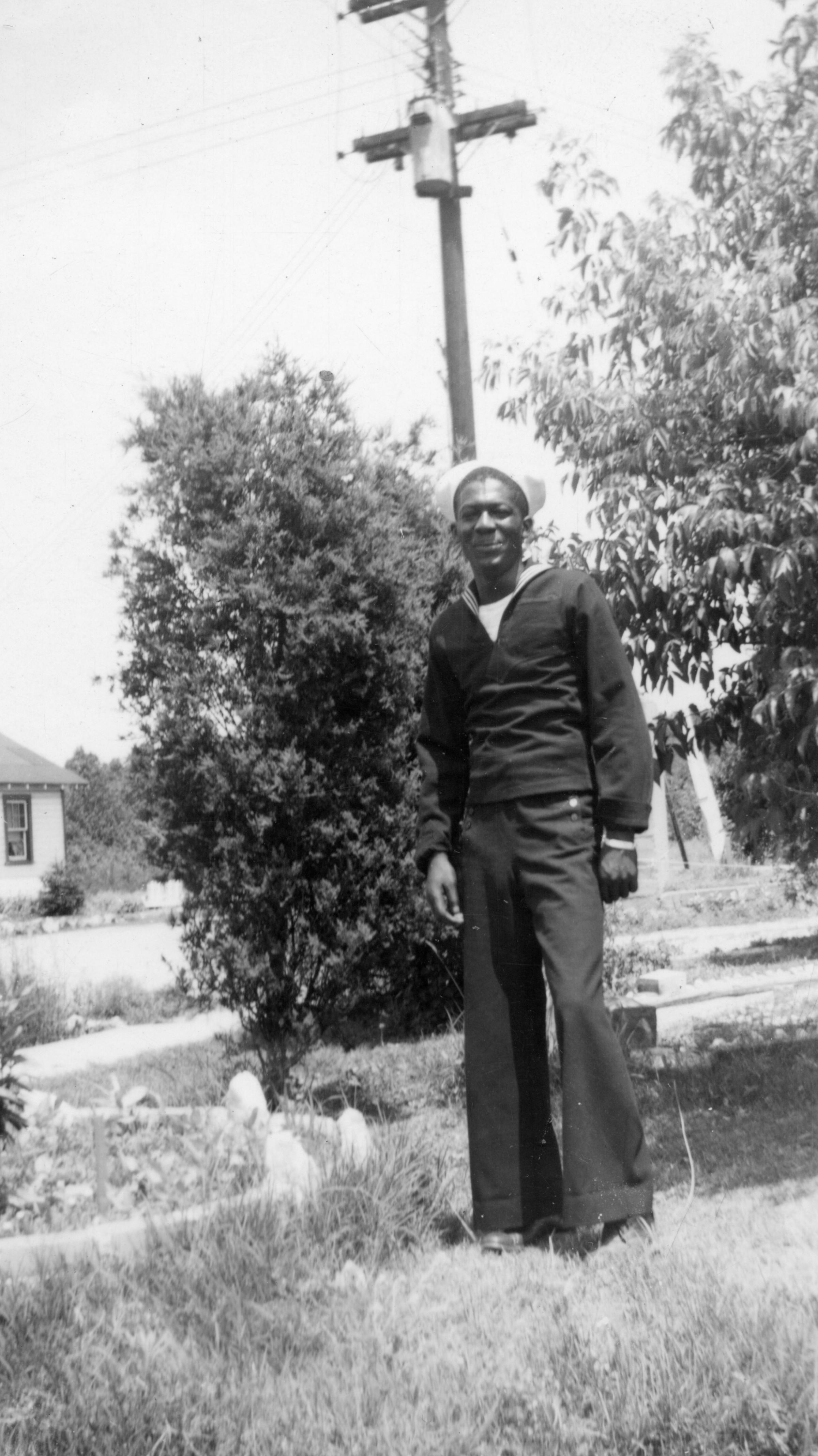
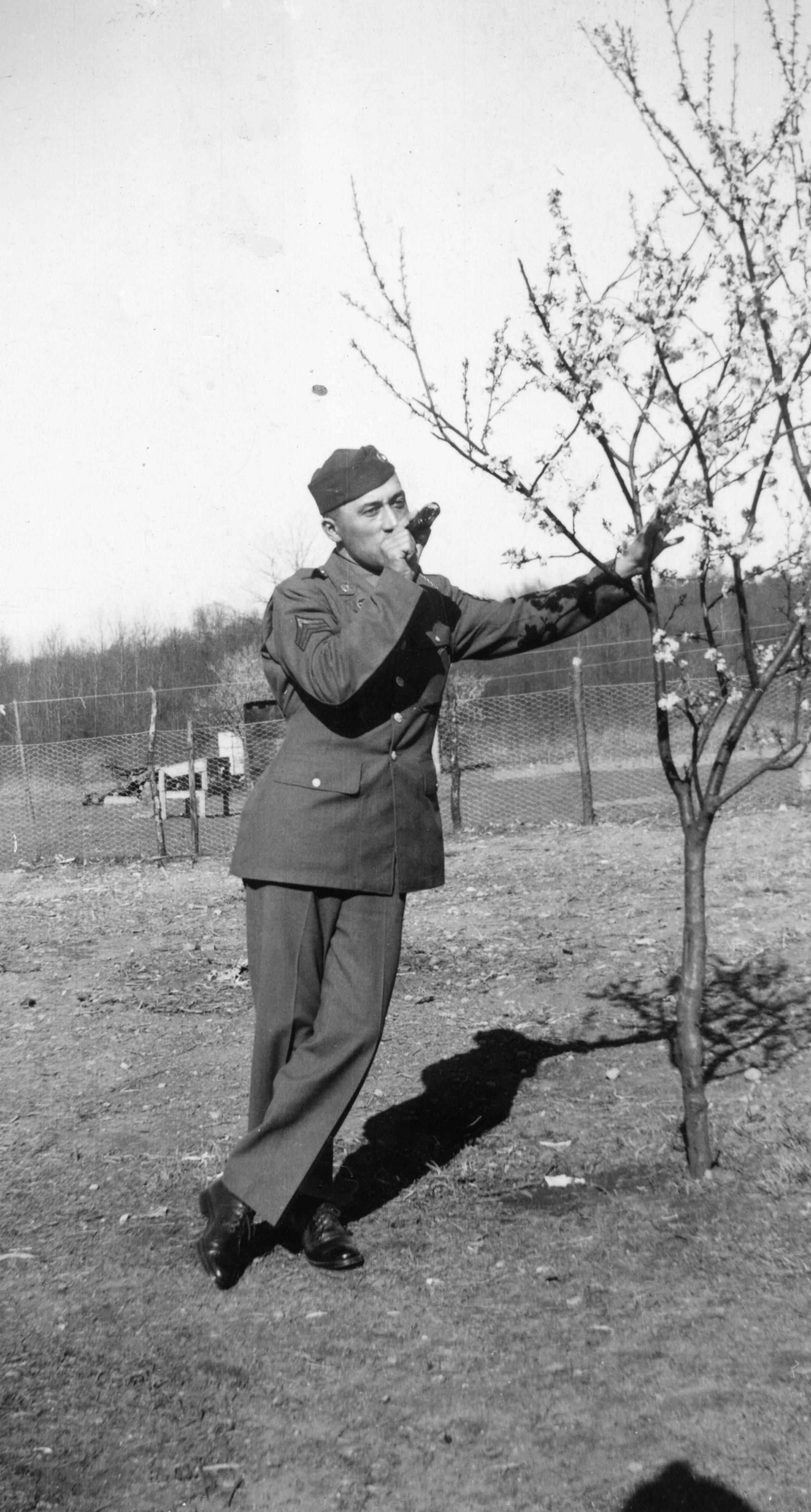
unknown
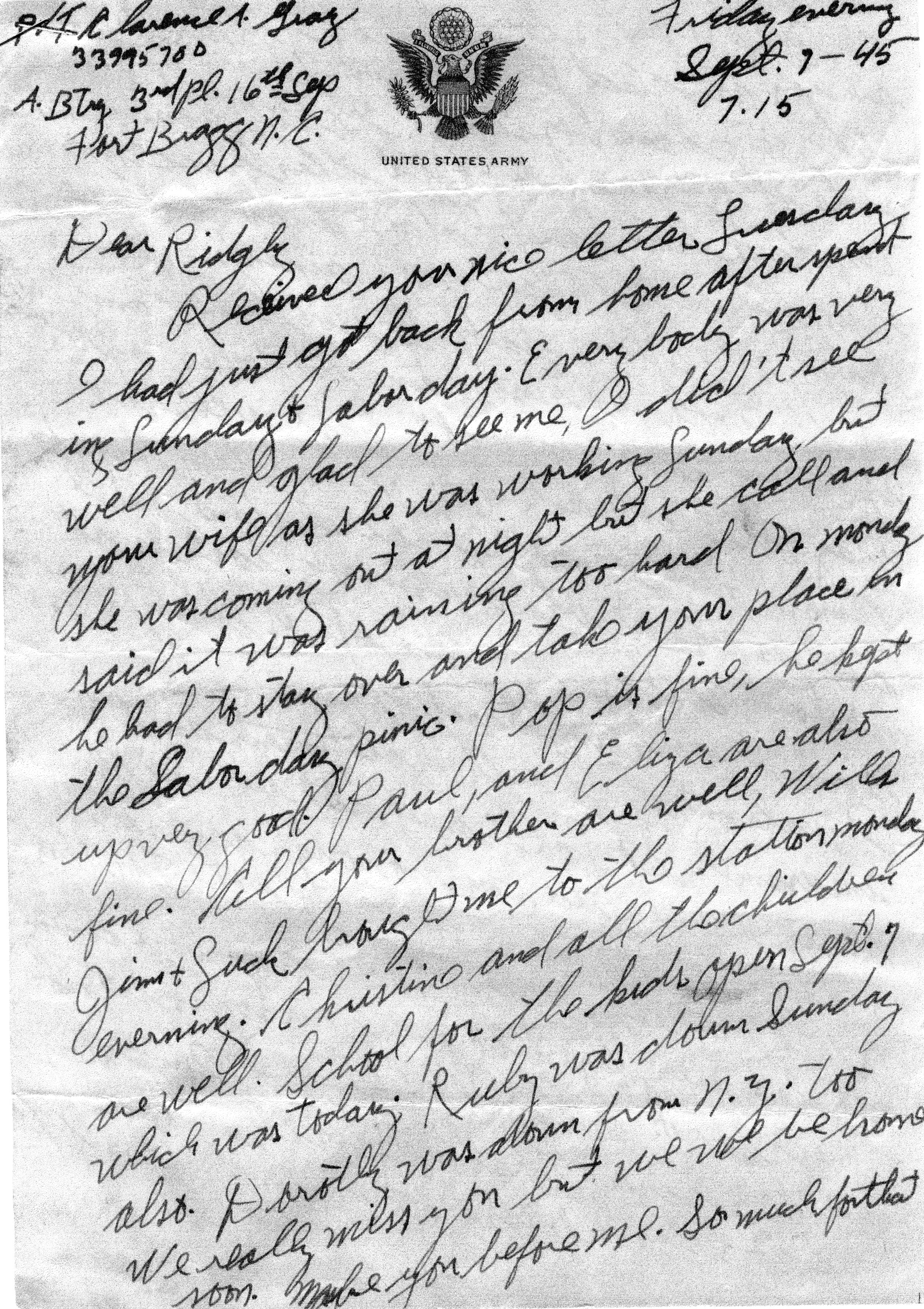
While in the army Clarence Gray writes to his brother also in service with news of home after a weekend leave.
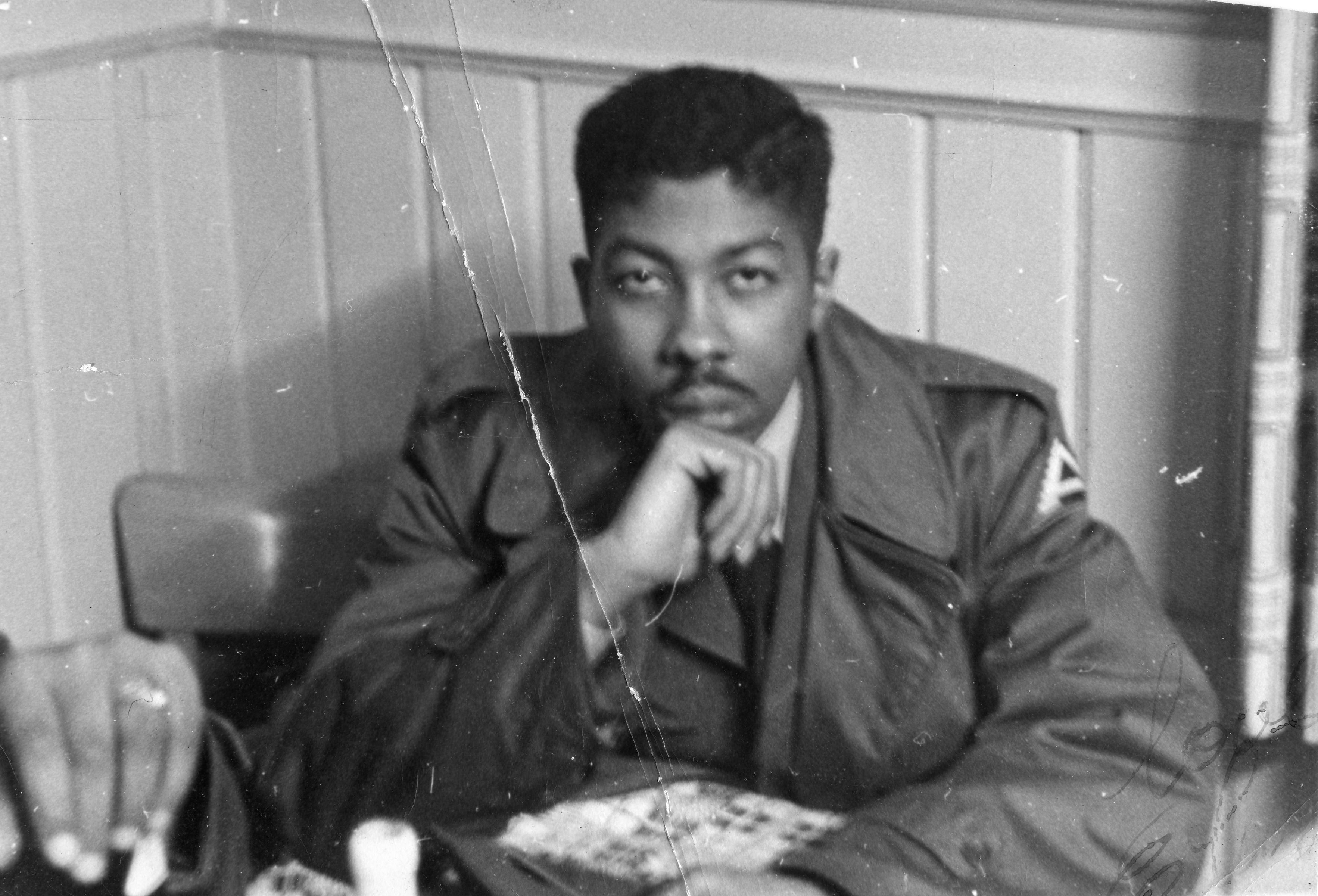
US Army

M. Sgt. Harry M. Braxton, Sr. was assigned to the Quartermaster Corps in WWII and was a driver in the Red Ball Express. When army general George S. Patton made a rapid advance across France in 1944, he stretched his supply line to near collapse. Supply trucks rolled continuously, 20 hours a day, seven days a week for 82 days across France and into Germany, often facing attack from the ground and the air. Nearly 75% of Red Ball Express drivers were African Americans. Later, Braxton worked with the Graves Registration and gave Holocaust victims the respect they deserved in death by providing them with a proper burial. Sgt. Braxton was proud to have served and expressed great admiration for General Patton.
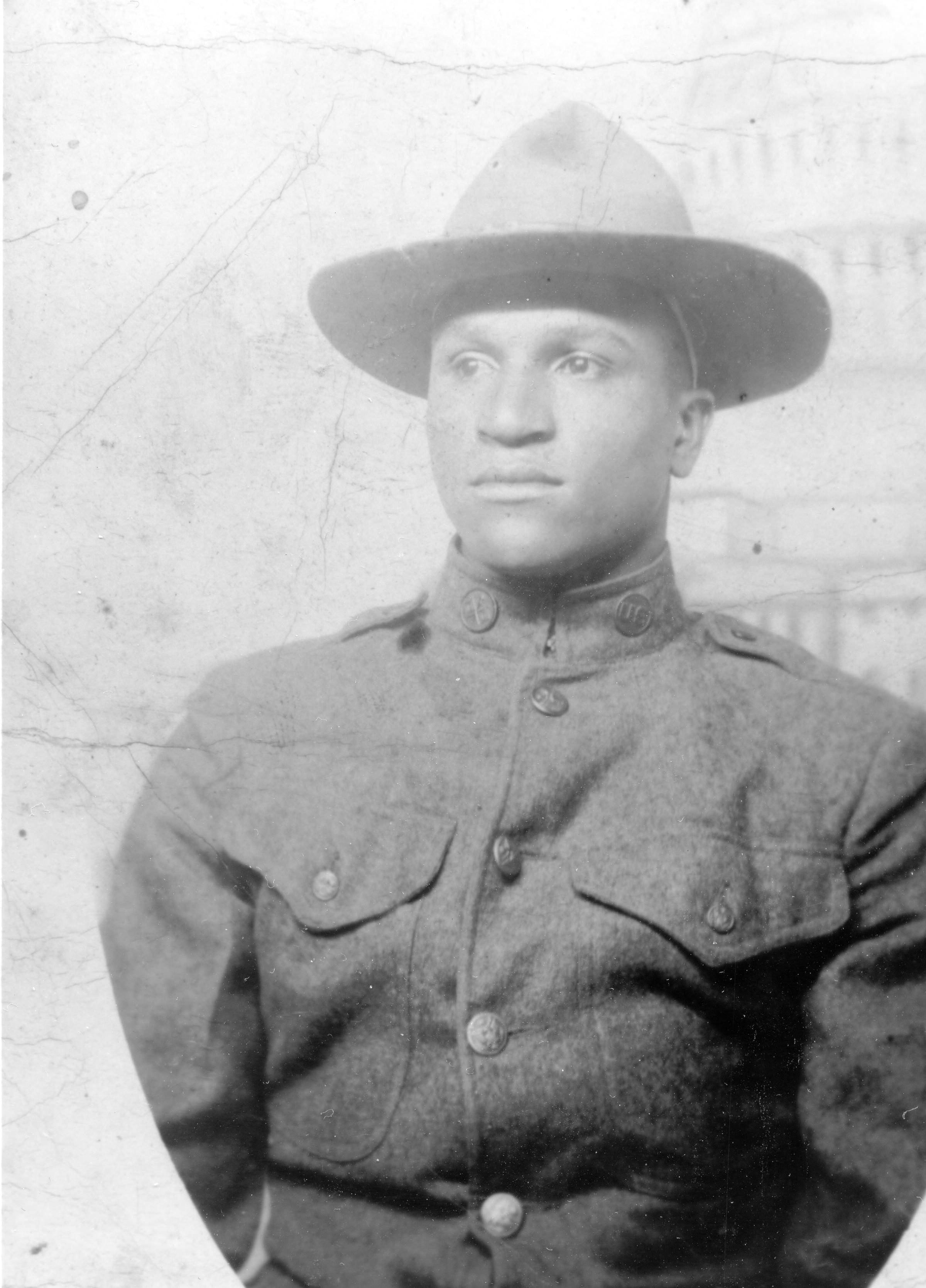
Joseph Johnson, son of John Calvary Johnson, served as a member of the U.S. Army during WWI. He was one of the first Lakelanders in service to his country. From the founding of the community, Lakeland residents worked individually and collectively to serve and defend their community and nation.
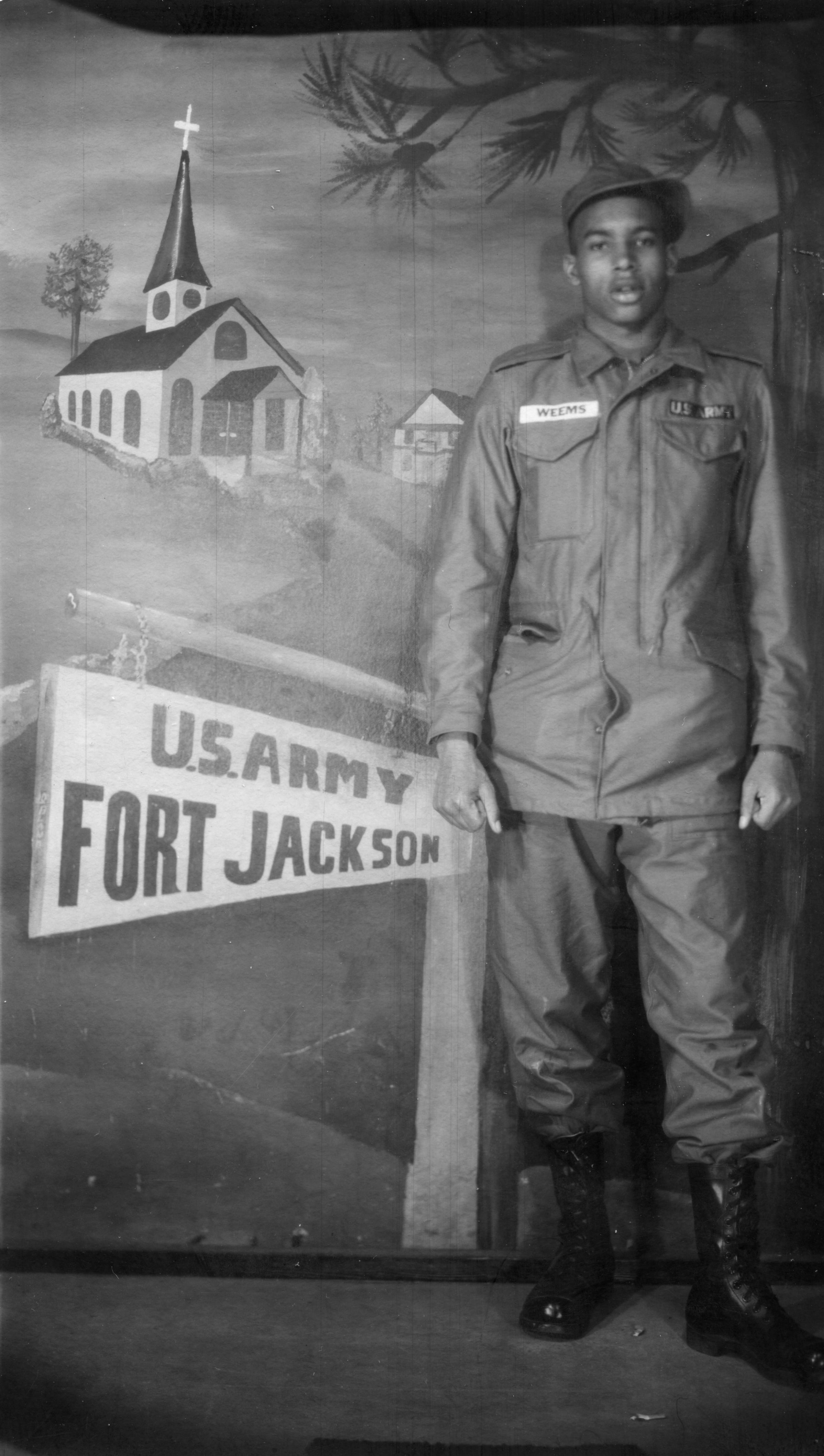
As a young man, Lakelander Donald Weems was so moved by the racism he experienced while in the United States Army, he developed a new way of looking at his role in the world. Weems took the name Kuwasi Balagoon, which in Yoruban means “son of the warrior god born on Sunday.” The name mirrors the way in which he saw himself: as a solider in the army for Black liberation. Balagoon was a leader in the Black Panther Party and an internationally published poet and essayist. (Courtesy of Diane Weems Ligon.)
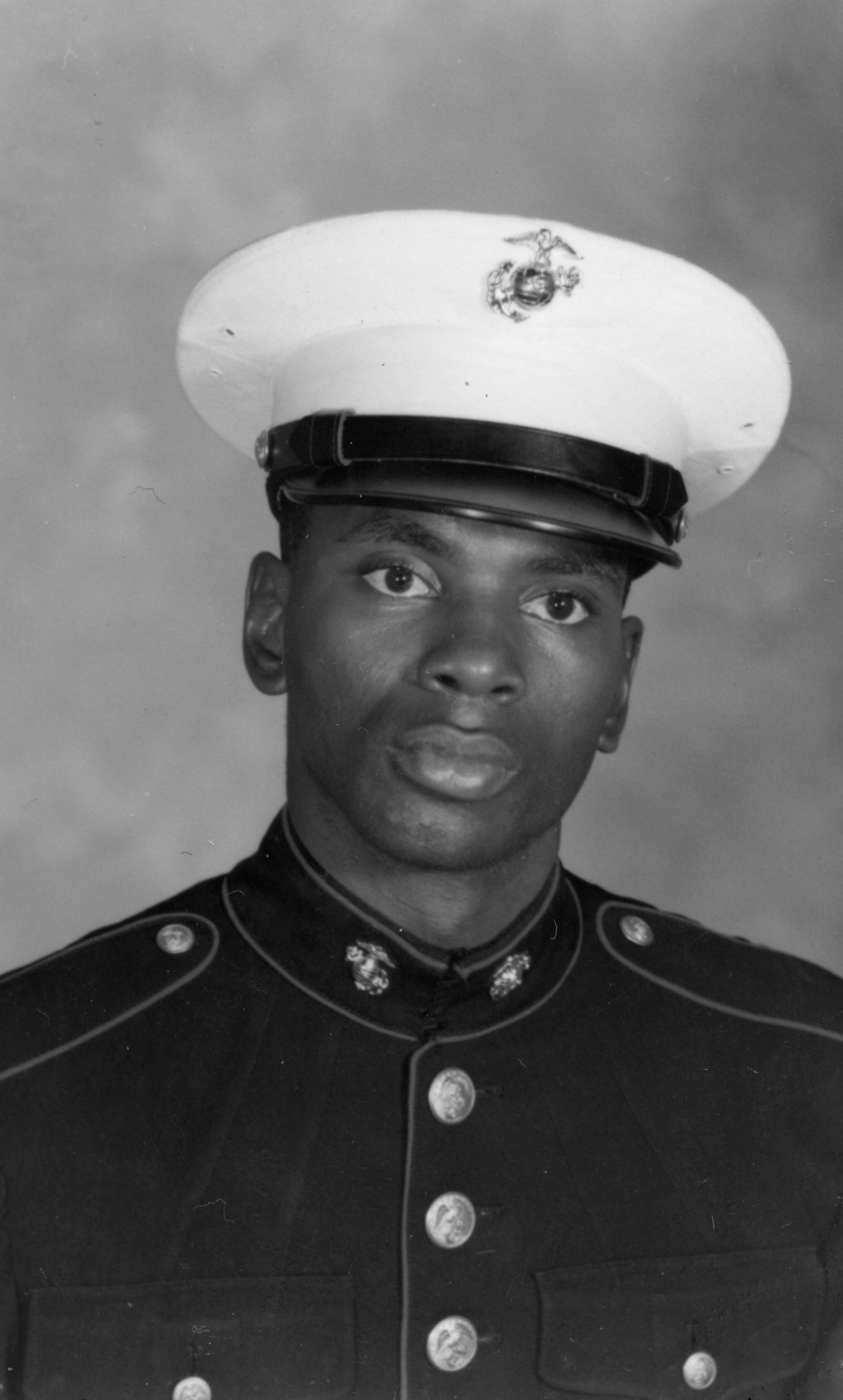
Corporal Thomas Reynold Randall, lovingly known as Bubby, joined the United States Marine Corps in December 1969. After completing infantry training, he was stationed at Quantico, Virginia, and later at Camp Courtney in Okinawa, Japan. After completing his term of service, Randall earned a Bachelor of Science degree in Business Administration at Morgan State University in Baltimore, Maryland. (Courtesy of the Randall family.)

A single portrait of Leonard Smith, who moved from Beltsville as a young man to Lakeland. He attended Maryland State College. He rose to the rank of staff sergeant during his time in the army. Upon returning Smith became a leader for the American Legion Post in Lakeland, and in 1972 became the first African American American Legion Commander for Prince George's County, where 16 of the 19 posts were predominantly white. As county commander, he led a membership of 7,000.
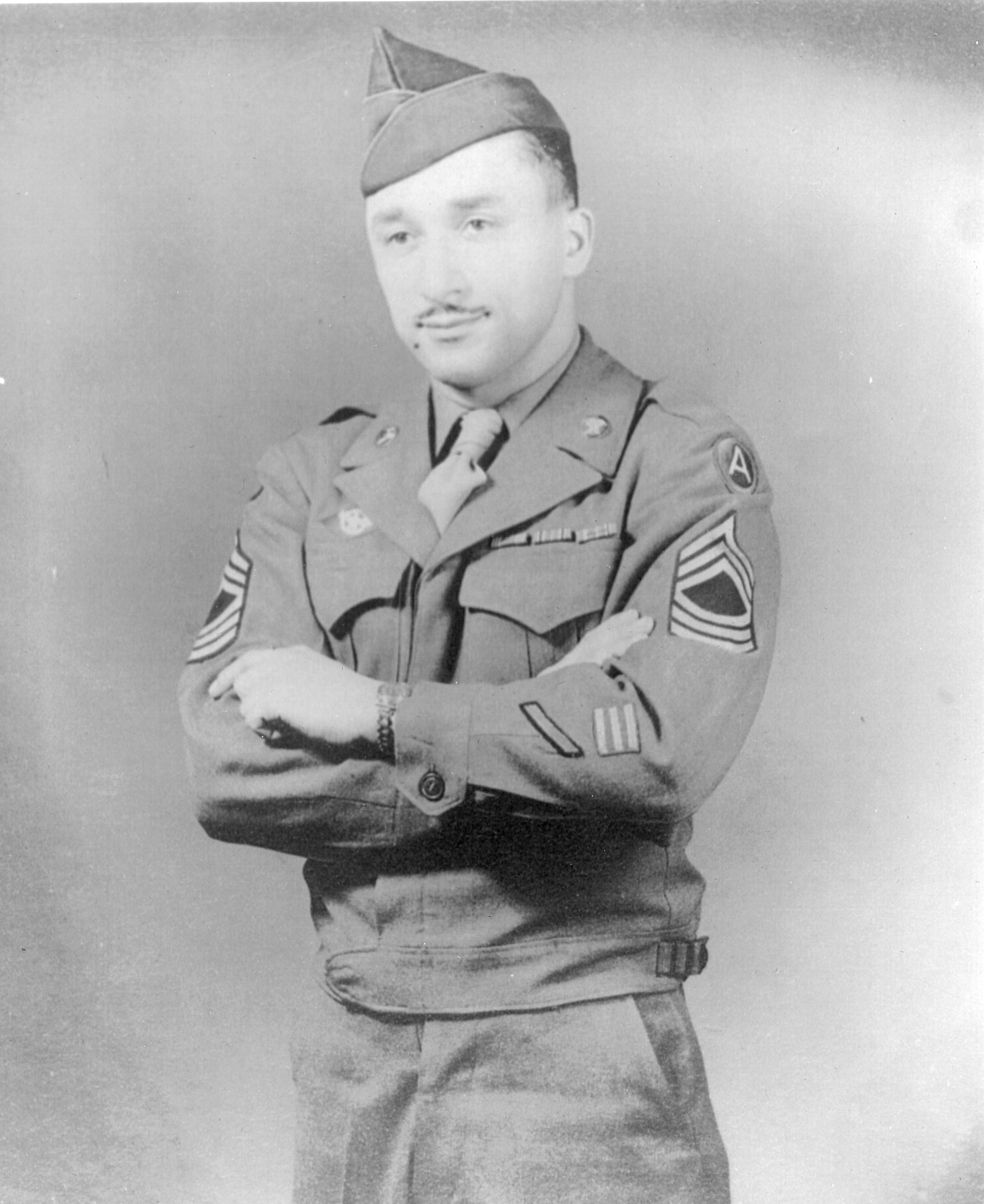
During World War II Army service
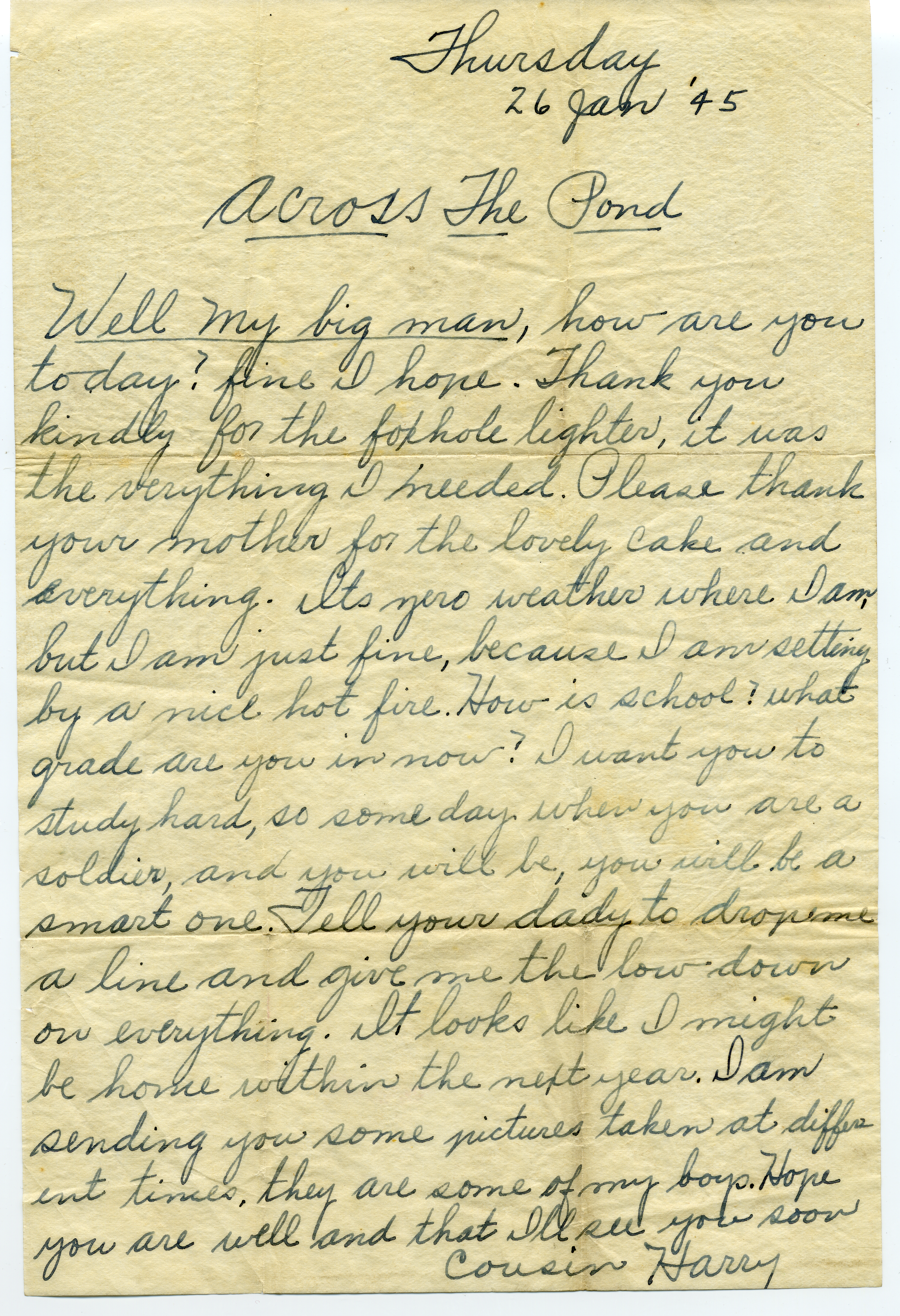
Letter from Harry Braxton Sr to godson, Elwood Gross in Lakeland written in Germany dated 1/26/45
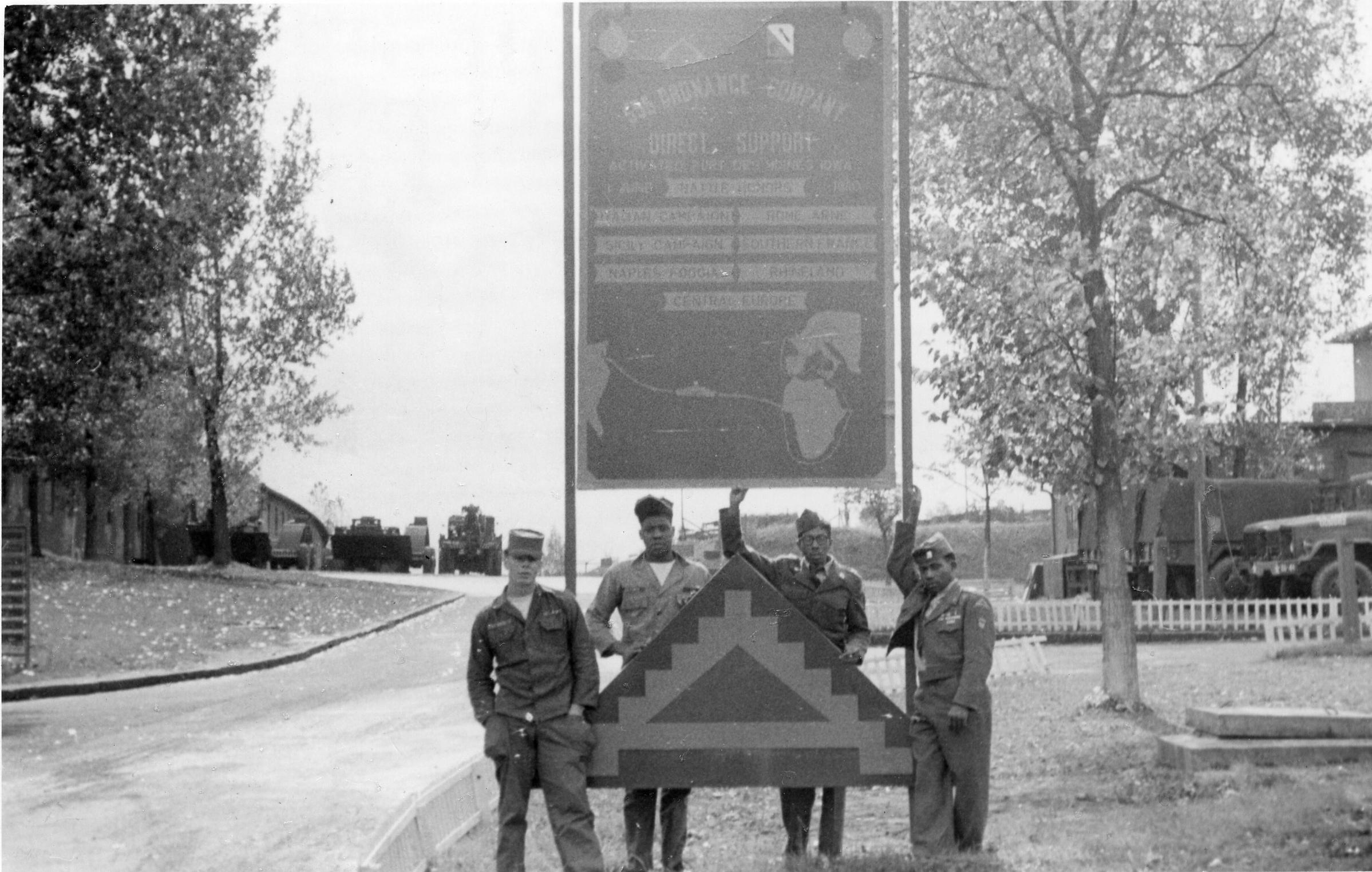
Elwood Gross

Charles Carroll served in the U.S. Navy during WWII. He was called up for service after settling in Lakeland with his wife, Julia Mack Carroll. He was a teacher in the public school system of Washington D.C. and later became a draftsman for the Department of the Navy. After retiring form federal service, he was hired by the University of Maryland as its first African American personnel officer. He retired from that position after a decade. From 1973 to 1979, he represented Lakeland on the College Park City Council.
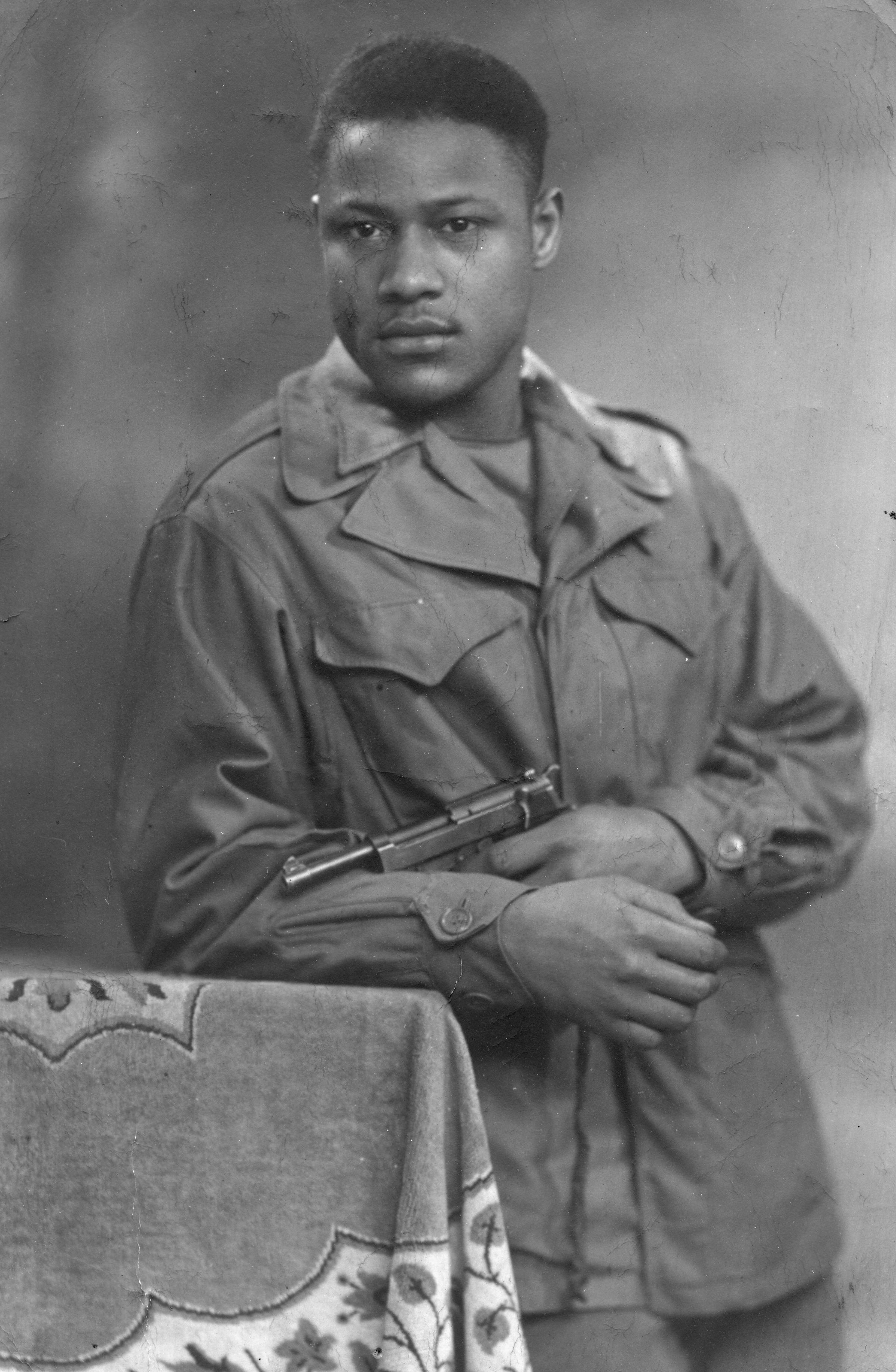
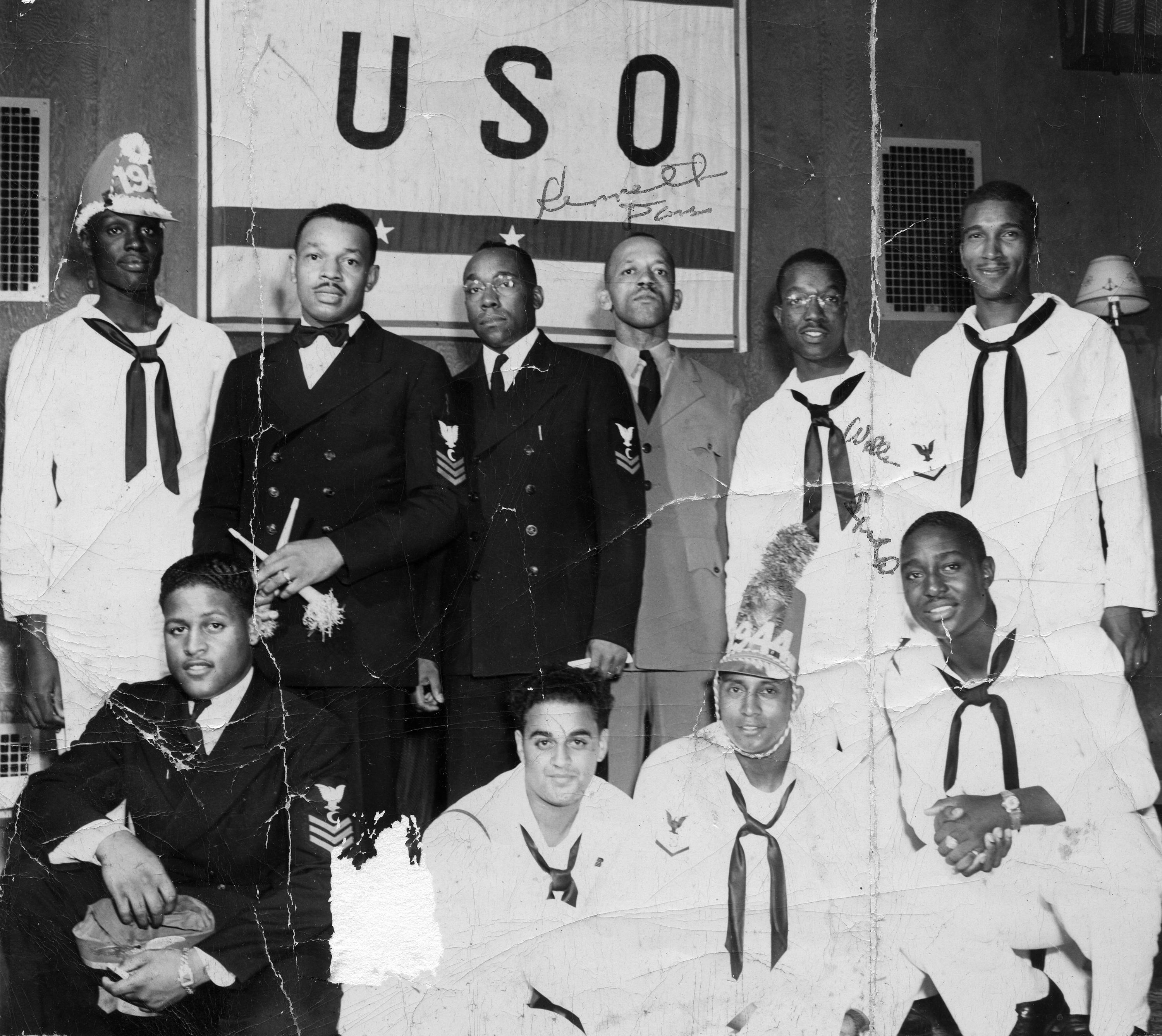
During their 1944 New Year's celebration, compliments of the United Service Organizations, Willie Hunter Randall of Lakeland and Kenneth Davis of North Brentwood paused for this photograph. Randall served in the U.S. Navy from October 1943 to January 1949. He traveled to his duty station by sea. His daughter was named Via, meaning 'by way of', in honor of that voyage. Family members report that he had many humorous stories about his service. One niece, Pamela Randall Boardley, recalled, "He made it seem as though he single-handedly won the war."
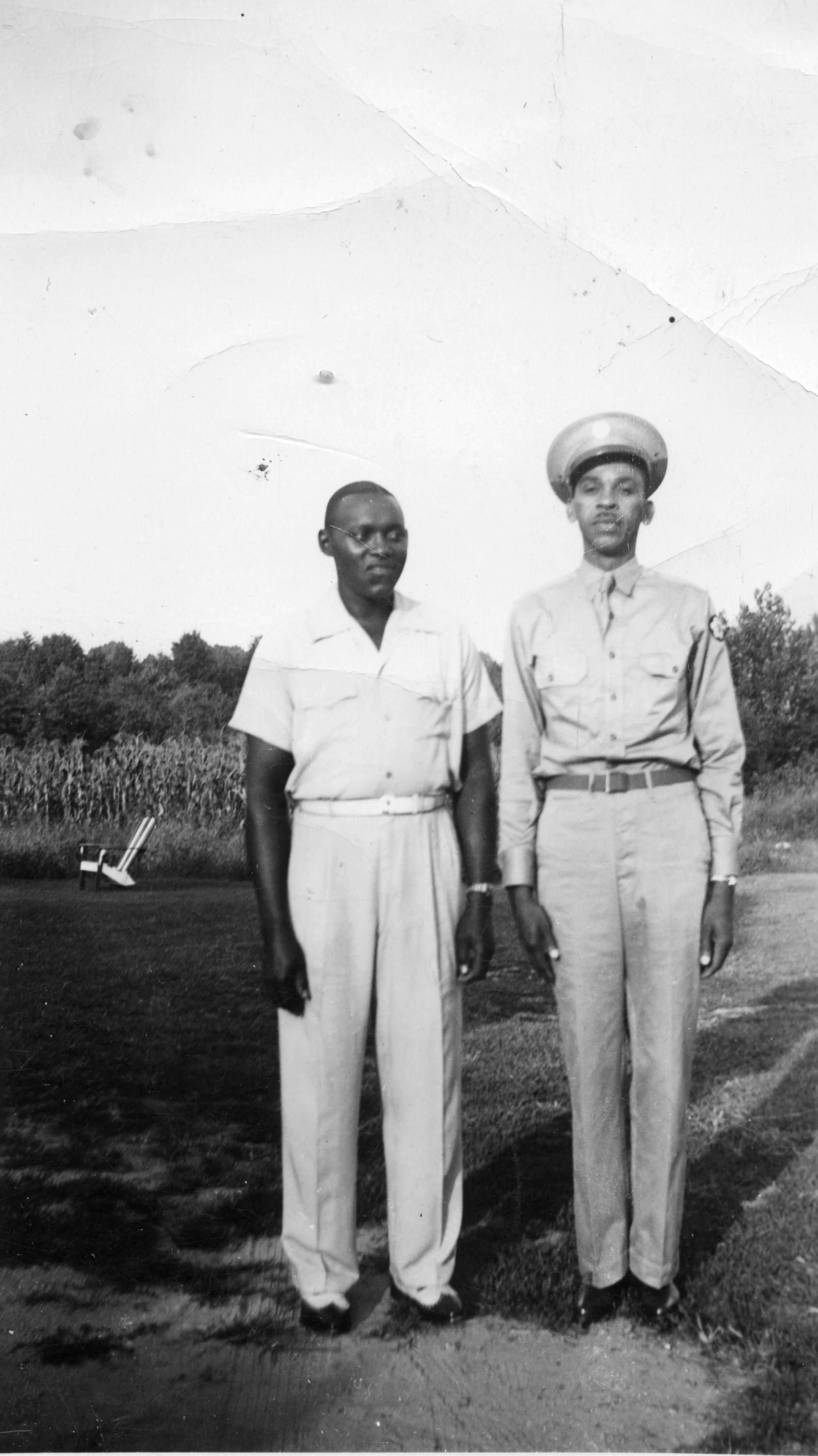
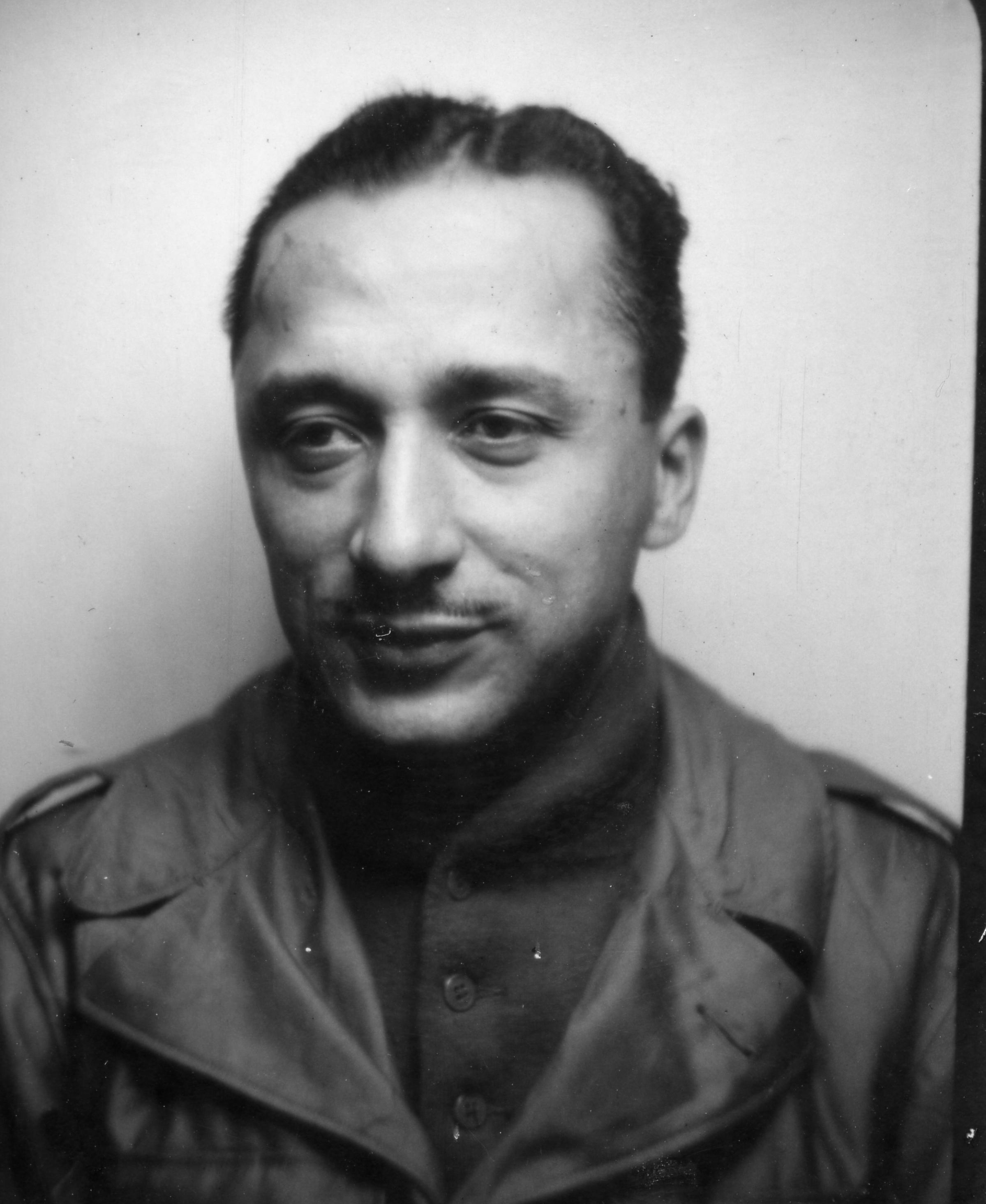
During World War II

Loretta and Harry Braxton, Jr

Ship Transport surrounding station in Germany
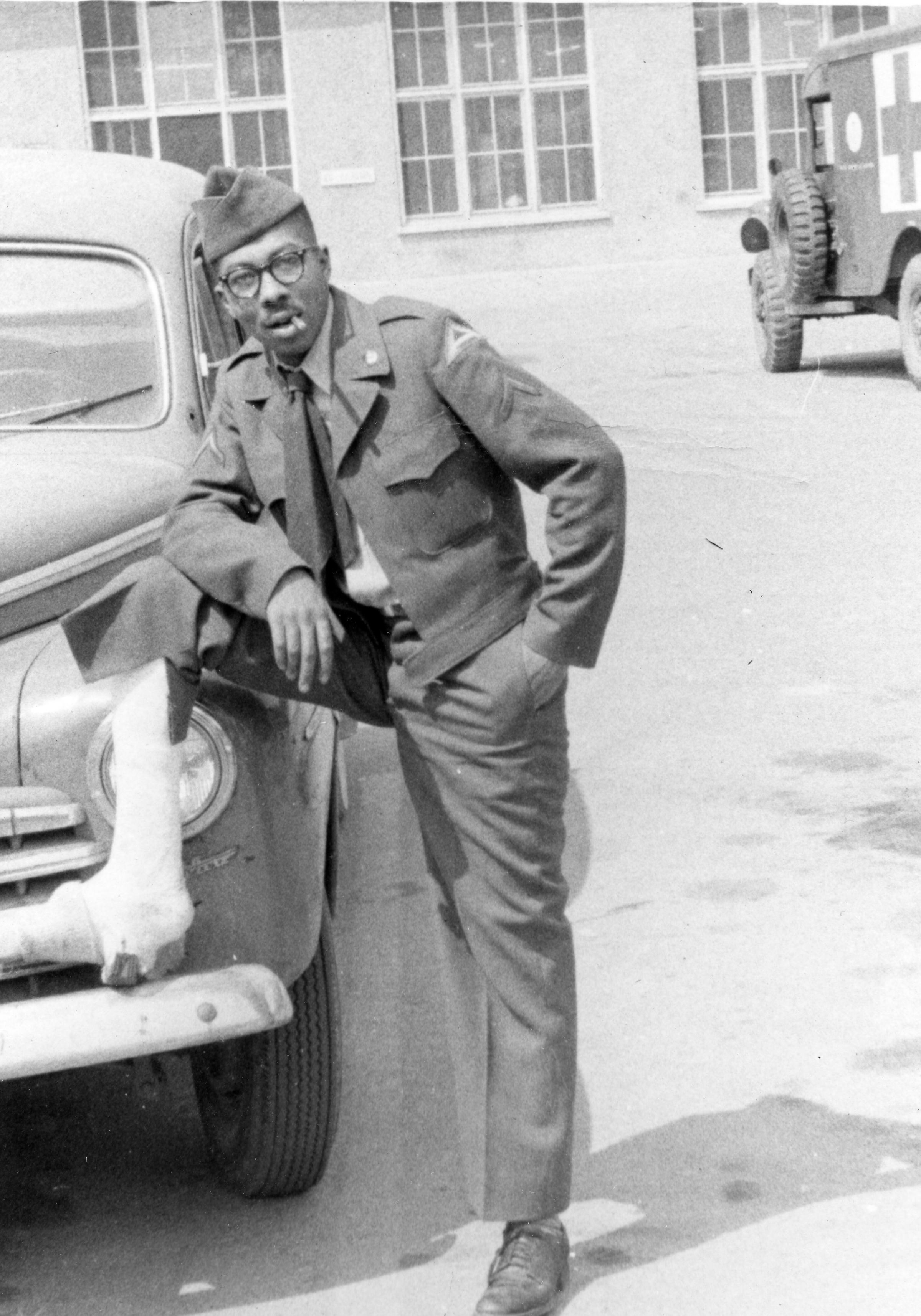
Broke a leg during Army service playing ball.

Robert Ridgely Gray
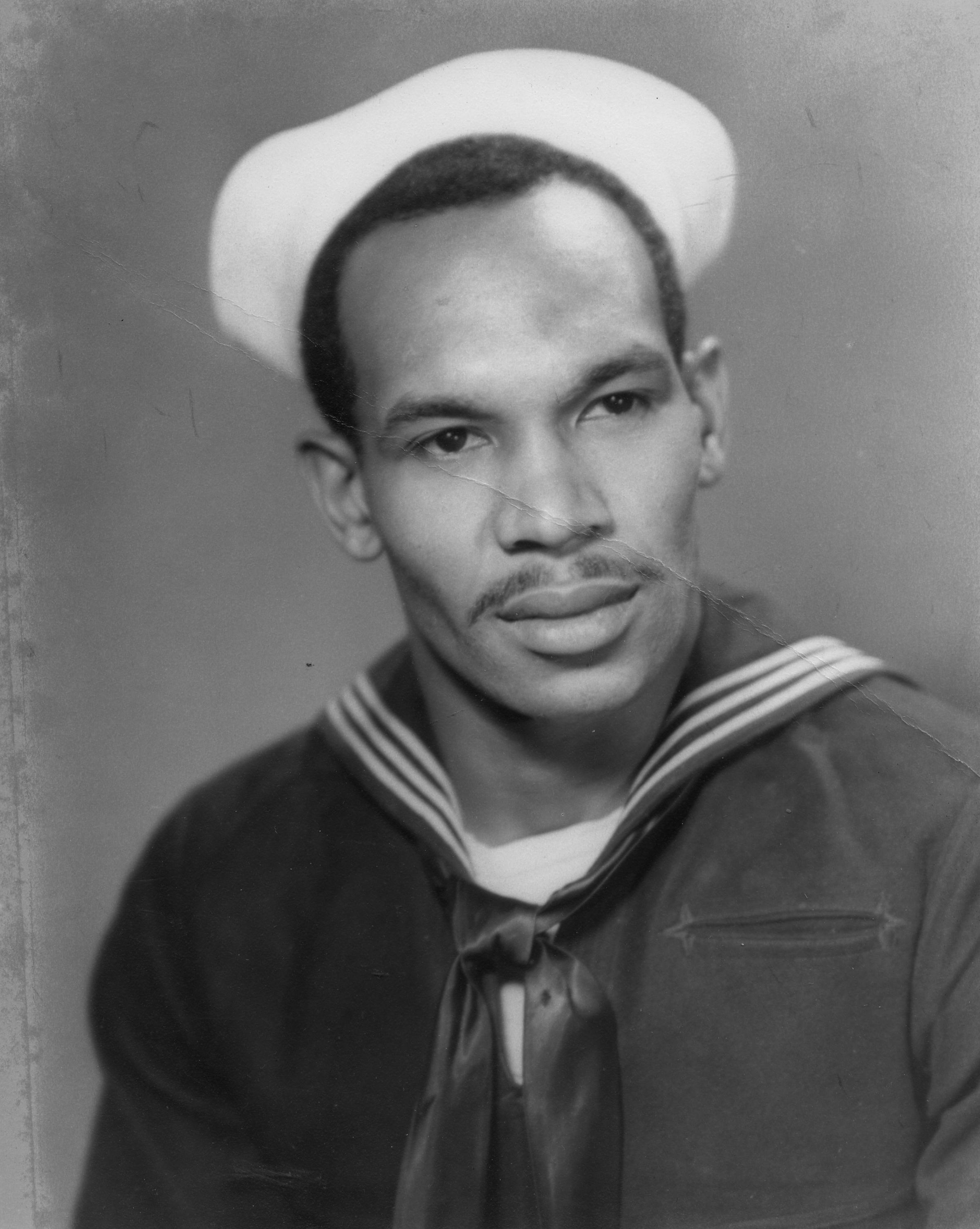
In US Navy uniform during WW II

George (Pete) Walls and Omega Giles Crump
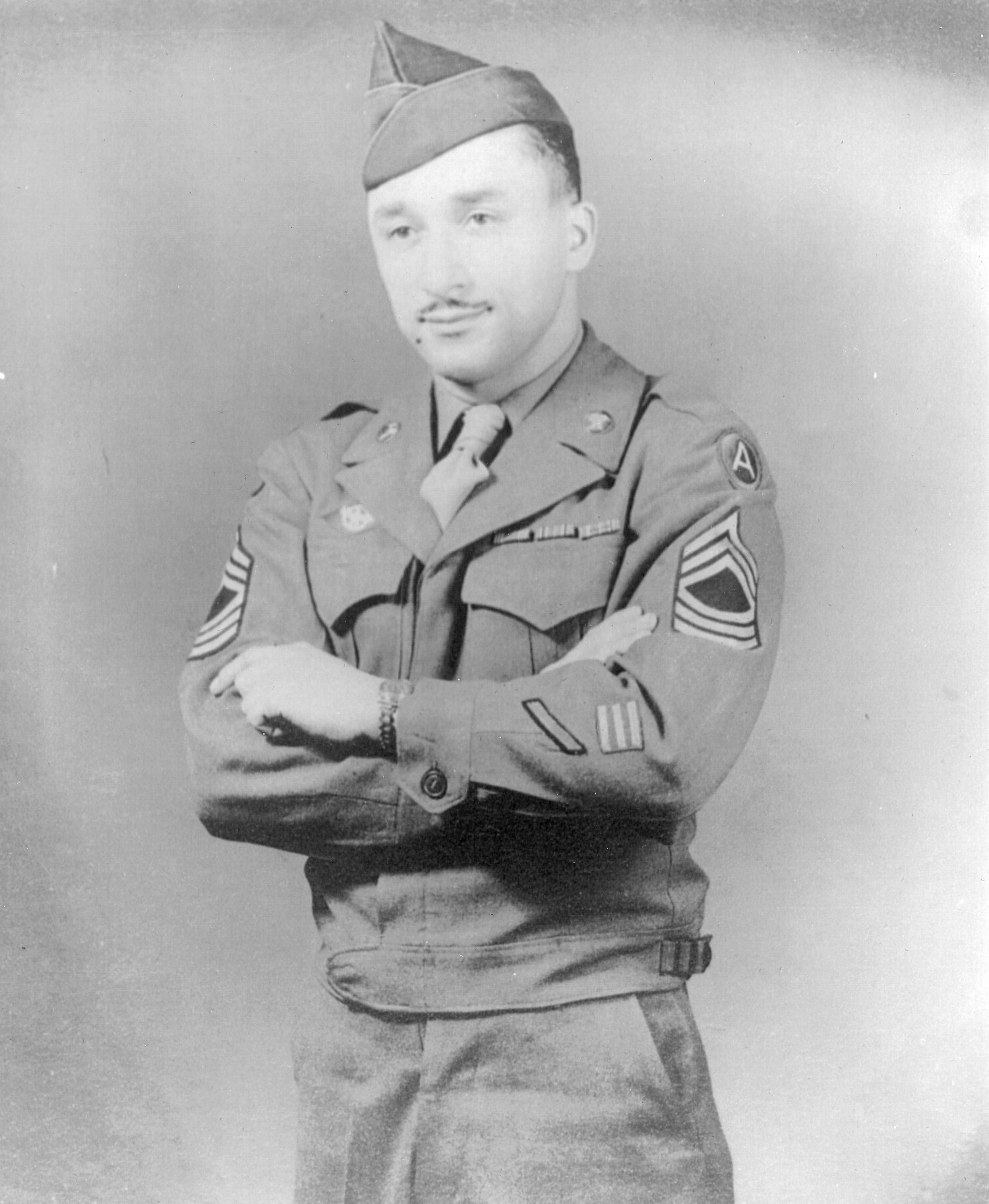
M. Sgt Harry M. Braxton, Sr. was assigned to the Quartermaster Corps in WWII and was a driver in the Red Ball Express. When army general George S. Patton made a rapid advance across France in 1944, he stretched his supply line to near collapse. Supply trucks rolled continuously, 20 hours a day, seven days a week for 82 days across France and into Germany, often facing attack from the ground and the air. Nearly 75% of Red Ball Drivers were African Americans. Later, Braxton worked with the Graves Registration and gave Holocaust victims the respect they deserved in death by providing them with a proper burial. Sgt. Braxton was proud to have served and expressed great admiration for General Patton.
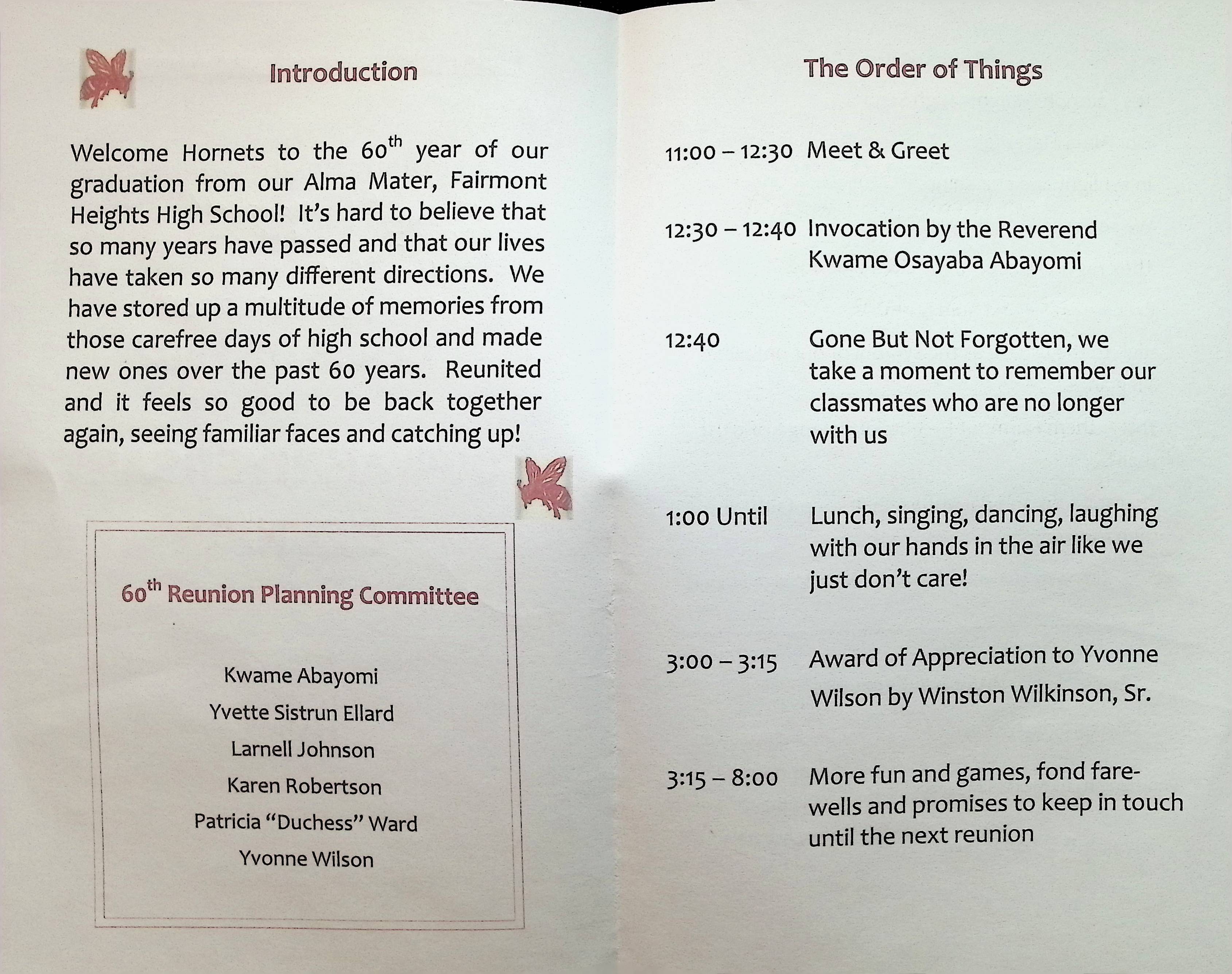

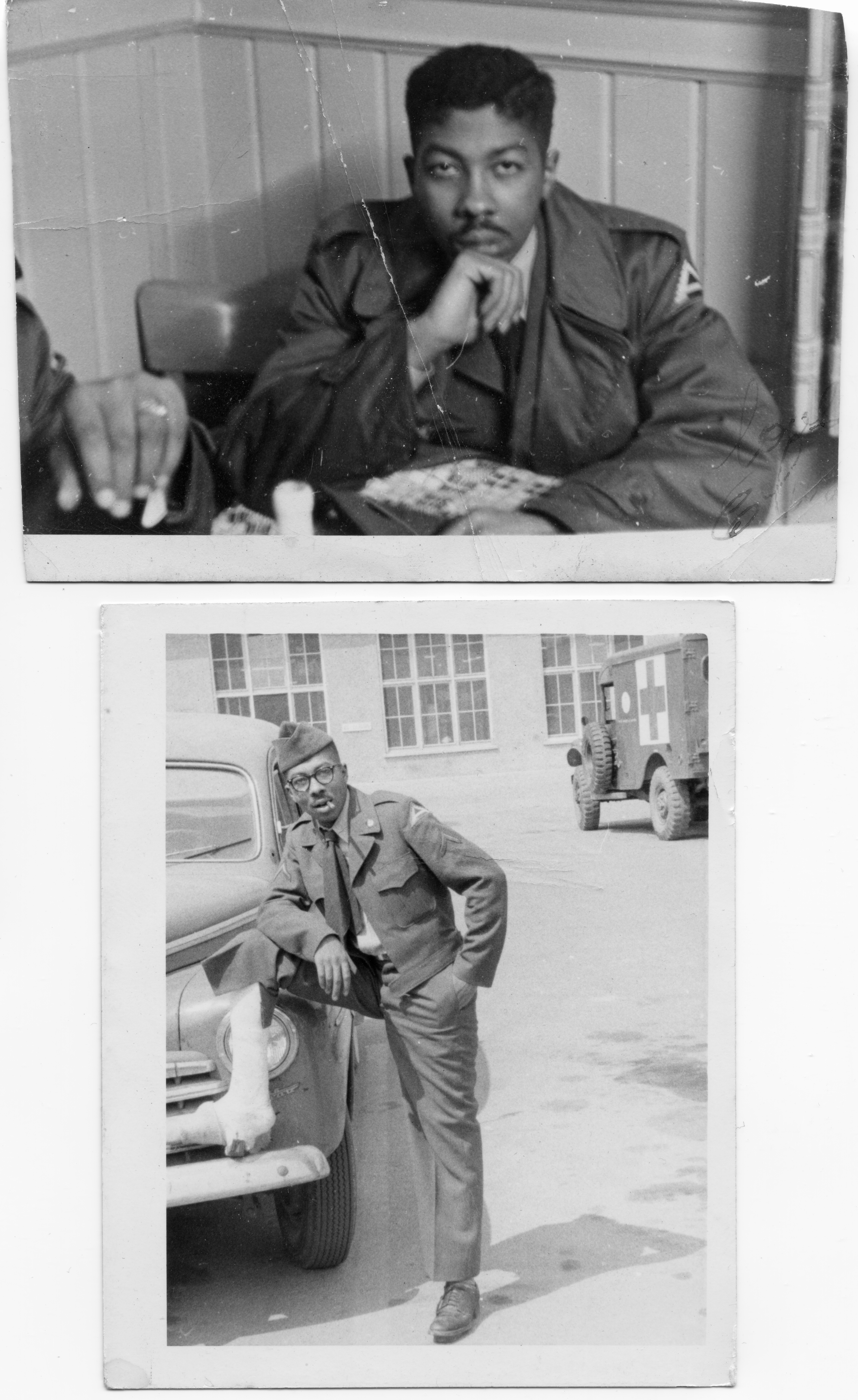
US Army